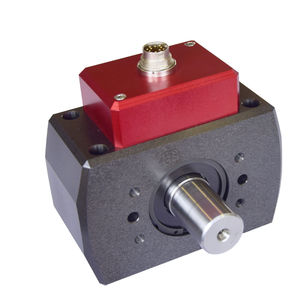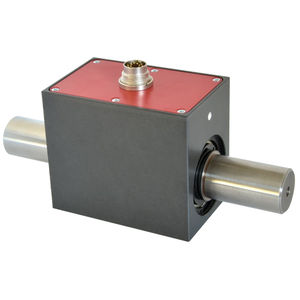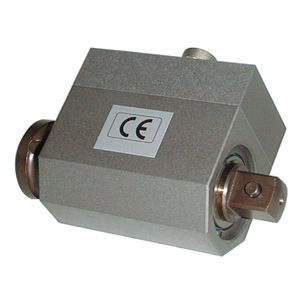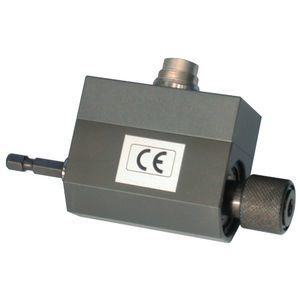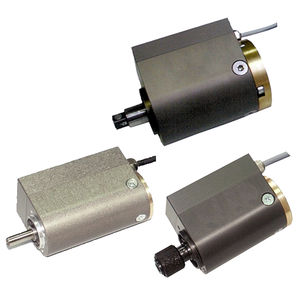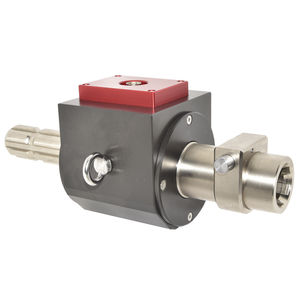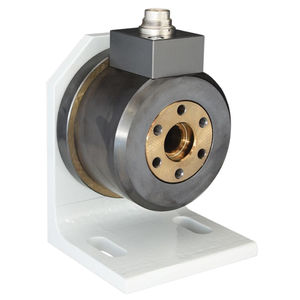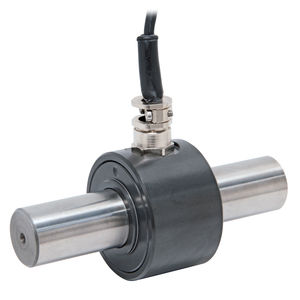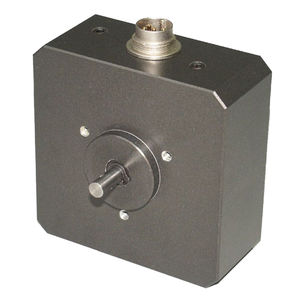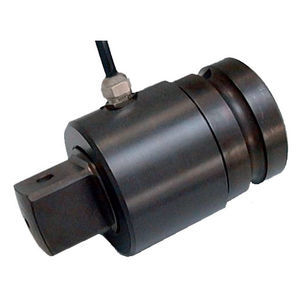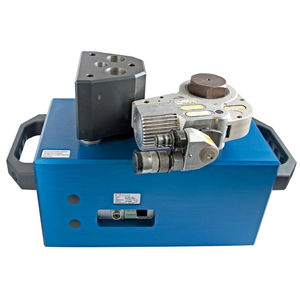
- Detection - Measurement
- Force Measurements
- Rotary torque sensor
- ETH-messtechnik gmbh
Rotary torque transducer DRBKvoltage outputcurrent outputDC



Add to favorites
Compare this product
Characteristics
- Type
- rotary
- Output
- voltage output, current output
- Supply voltage
- DC
- Protection level
- IP40
- Other characteristics
- strain gauge, non-contact, compact
- Torque
Max.: 1,000 Nm
(737.56 ft.lb)Min.: 0.5 Nm
(0.37 ft.lb)- Precision
0.5 %
- Rotational speed
Max.: 22,000 rpm
(138,230 rad.min-1)Min.: 0 rpm
(0 rad.min-1)- Overload limit
100 %
Description
Torque ranges from 0,5 to 1000 Nm
Features
• Low-Cost Torque transducer
• Current output and voltage output
• Very short
• Measurement accuracy: ≤ 0.5% of full scale
• Contactless transfer of measurement signal
• Proven strain gage technology
• Integrated signal amplifier
• Single power supply
• wide range of applications
• Optional speed measurement
Extra Features DRBK-A
• Simultaneous speed/torque indication
• 4-segment display with sign
• Peak mode (clockwise only)
• Indication area on LCD display 30 x 11 mm
• Speed indication updated 1x sample/second
• Torque updated 1,000 samples/second
The Series DRBK torque transducers are suitable for lab and industrial applications because of their small size and multiple mounting options.
As supply voltage and output signal are transmitted without contact, the device can operate continuously with low wear and nomaintenance.
These transducers are also available with speed measurement for a host of applications,
Series DRBK-A torque transducers are custom made for applications where an extra analyzer should not be used or is not needed.
Production monitoring data can be clearly displayed at very small cost!
Catalogs
Exhibitions
Meet this supplier at the following exhibition(s):

Other ETH-messtechnik gmbh products
Torque sensors | Torque transducers
Related Searches
- Torque transducer
- Torque tester
- Dynamic torque sensor
- Electronic torque tester
- Rotary torque transducer
- Static torque transducer
- Digital torque tester
- Bench-top torque tester
- Strain gauge torque transducer
- Analog torque transducer
- Non-contact torque transducer
- Torque transducer with flange connection
- High-accuracy torque transducer
- Compact torque transducer
- DC torque transducer
- Torque wrench torque tester
- Calibration torque tester
- Digital torque transducer
- IP40 torque transducer
- Square drive torque transducer
*Prices are pre-tax. They exclude delivery charges and customs duties and do not include additional charges for installation or activation options. Prices are indicative only and may vary by country, with changes to the cost of raw materials and exchange rates.






